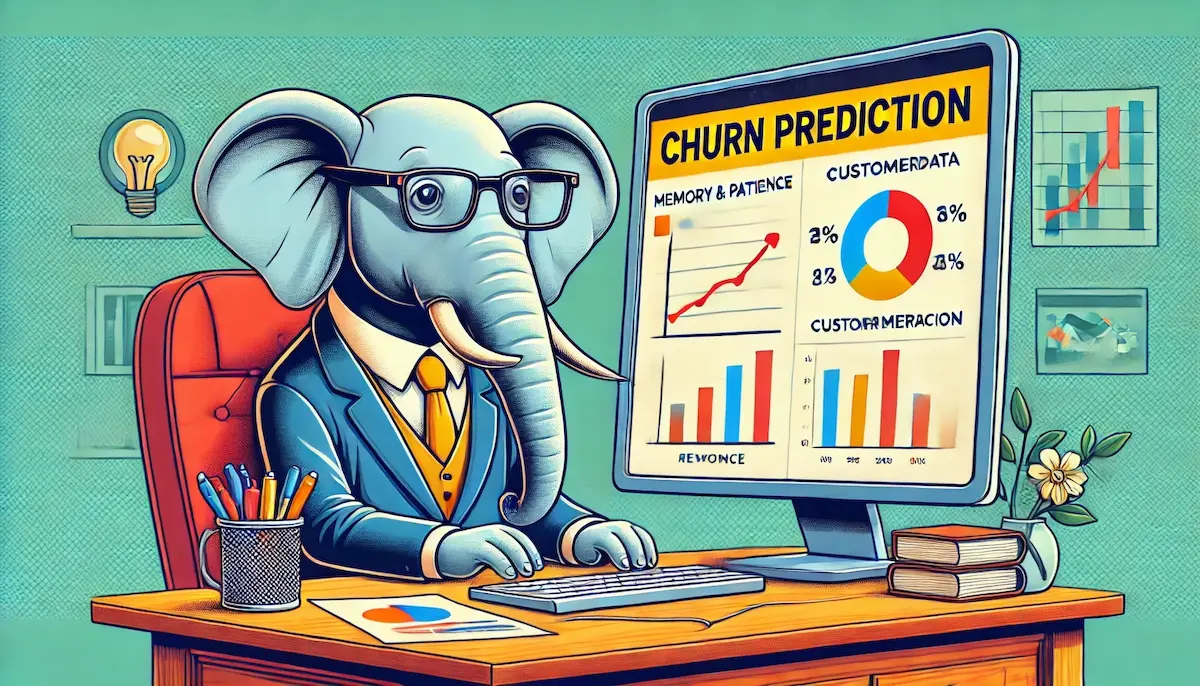Churn prediction is a vital process for businesses, particularly those in subscription-based and service-oriented industries. It involves identifying customers who are likely to stop using a service or cancel their subscription. By leveraging churn prediction, companies can implement targeted retention strategies to reduce customer attrition and maintain a steady revenue stream. Let’s explore what churn prediction entails and why it’s crucial for businesses.
What is Churn Prediction?
Churn prediction involves using data analysis and machine learning techniques to identify patterns and indicators that suggest a customer is at risk of leaving. This process analyzes various factors such as customer behavior, usage patterns, feedback, and demographics to forecast which customers are likely to churn. The goal is to proactively address these risks and improve customer retention.
Why is Churn Prediction Important?
Understanding and predicting churn is essential for maintaining a healthy customer base and ensuring long-term business success. Here are several reasons why churn prediction is important:
Reducing Customer Attrition
By identifying customers at risk of churning, businesses can take targeted actions to retain them. This could involve personalized offers, improved customer service, or addressing specific issues that may be causing dissatisfaction.
Enhancing Customer Lifetime Value
Retaining customers is generally more cost-effective than acquiring new ones. By reducing churn, businesses can maximize the lifetime value of their customers, leading to higher profitability.
Optimizing Marketing Efforts
Churn prediction helps businesses focus their marketing efforts on customers who are at risk of leaving. This ensures that resources are allocated efficiently, targeting those who need intervention the most.
Improving Product and Service Offerings
Analyzing churn data provides insights into why customers are leaving. This feedback can be used to improve products and services, addressing common pain points and enhancing the overall customer experience.
Gaining Competitive Advantage
Businesses that effectively manage churn can maintain a competitive edge by ensuring a stable and satisfied customer base. This leads to stronger brand loyalty and a better market position.
How is Churn Prediction Conducted?
Churn prediction involves several steps, from data collection to actionable insights. Here’s an overview of the process:
Data Collection
Data is collected from various sources, including customer transactions, interaction logs, feedback surveys, and demographic information. Comprehensive and high-quality data is crucial for accurate churn prediction.
Data Preprocessing
The collected data is cleaned and prepared for analysis. This involves handling missing values, normalizing data, and transforming variables to ensure consistency and accuracy.
Feature Selection
Key features that are likely to influence churn are identified. These can include factors such as usage frequency, transaction history, customer complaints, engagement levels, and more.
Model Selection
Various machine learning models can be used for churn prediction, including:
- Logistic Regression: A statistical model used for binary classification problems like churn prediction.
- Decision Trees and Random Forests: Models that handle complex interactions between features and provide interpretable results.
- Support Vector Machines (SVM): Effective for high-dimensional spaces and non-linear relationships.
- Neural Networks: Deep learning models that can capture intricate patterns in large datasets.
Model Training and Evaluation
The selected model is trained on historical data to learn patterns associated with churn. The model’s performance is then evaluated using metrics such as accuracy, precision, recall, and the F1 score to ensure its effectiveness.
Prediction and Analysis
The trained model is applied to current customer data to predict which customers are at risk of churning. These predictions are analyzed to understand the underlying factors and develop targeted retention strategies.
Actionable Insights
The insights gained from churn prediction are used to inform business decisions. This can involve personalized communication with at-risk customers, offering incentives, improving customer support, or refining products and services.
Ethical Considerations
Ethical considerations are paramount in churn prediction. Businesses must ensure data privacy and security, complying with regulations like GDPR and CCPA. Transparency with customers about data usage and obtaining their consent are essential practices to maintain trust.
Conclusion
Churn prediction is a powerful tool for businesses aiming to retain customers and sustain growth. By leveraging data-driven insights, companies can proactively address potential churn, enhance customer satisfaction, and optimize their operations. As customer expectations continue to evolve, the importance of churn prediction in maintaining a loyal and engaged customer base will only increase.
Blockfine thanks you for reading and hopes you found this article helpful.
